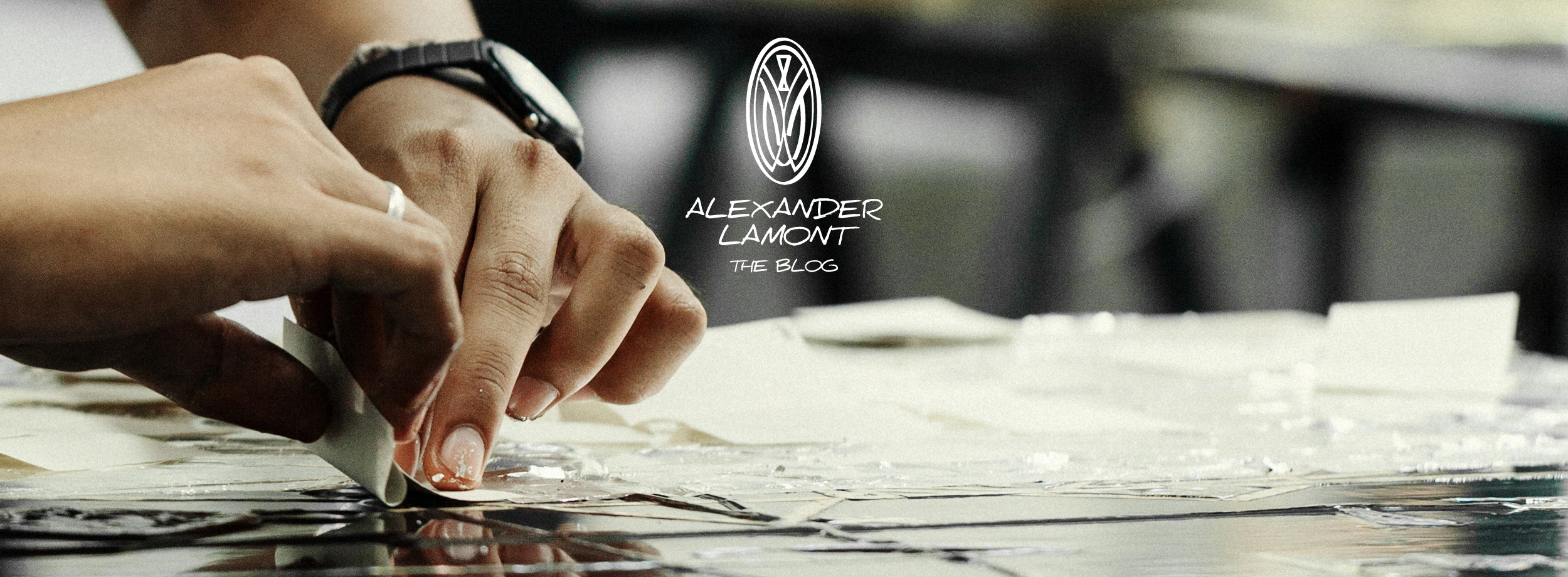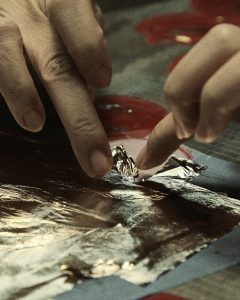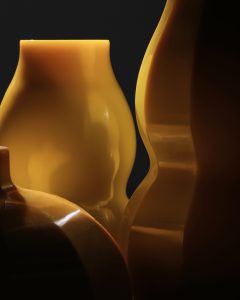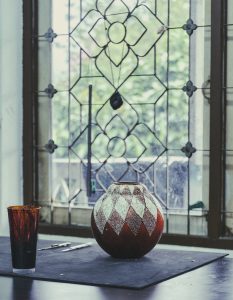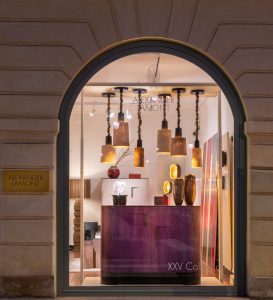As Alex’s wife and partner in business it is somewhat confusing that we both have the same name. But I hope you will find our style of writing to be different. I hope also that our taste is different enough so that the things that I like and bring back from my own trips abroad bring a different dimension to what we do in the company. With that in mind I decided to write this blogpost about a recent trip I took to Japan with my oldest friend from University days. I have always loved Japan even before I ever went there. I am a big fan of the woodblock prints of Hiroshige and Hokusai and I love Japanese poetry.
On this recent trip my friend Sam and I spent 5 days walking on the Nakasendo (or Central Mountain) Trail that joins Kyoto with Tokyo. The scenery and the changing of the colours were wonderful and they deserve their own separate blogpost. We passed through many towns along the way, some of them famous for a particular product and craft. As we were walking each day, carrying only a small backpack and stopping each evening at a traditional inn, we were not able to buy or carry much. Luckily though we found some exquisitely beautiful, lightweight things along the trail and these were easily carried back to Tokyo where we embarked on some more serious shopping. This is what I brought back from my trip.
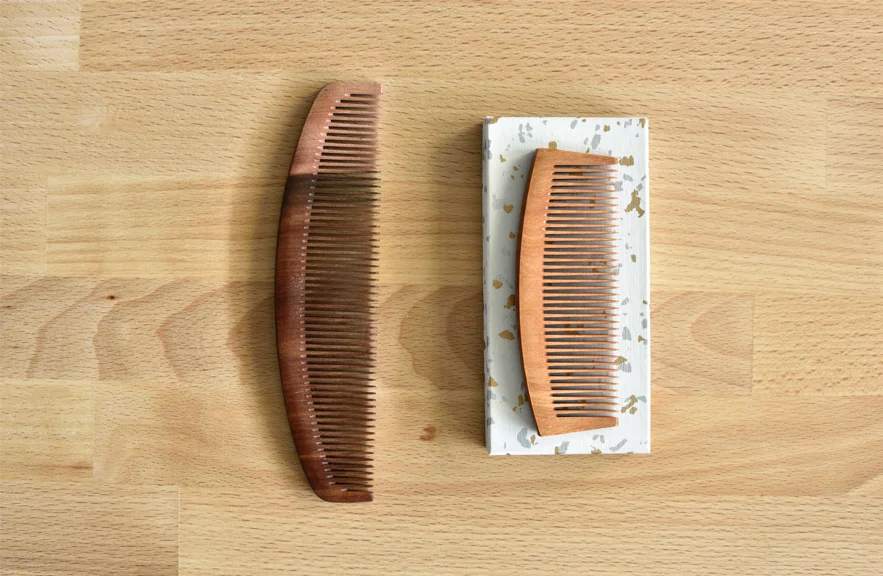
The sleepy town of Yabuhara is at the foot of the Torii Pass in Nagano Prefecture. It is famous for its handmade combs (Oroku-gushi) made from local Minebari or Isu wood. Legend has it that a beautiful girl suffering from brain disease climbed the nearby mountain and spoke to the gods who told her to fashion a comb from the Minebari tree. She did as the gods told her and combed her hair morning and night with the comb until eventually her brain disease disappeared altogether. Handmade combs are still made in the village today and I bought one for each member of my family. The dark wood one shown here is made of Isu wood while the lighter one is Minebari. Before packing them up for me the comb maker’s wife carefully rubbed each one with oil which conditions your hair and makes the scent of the wood come out.
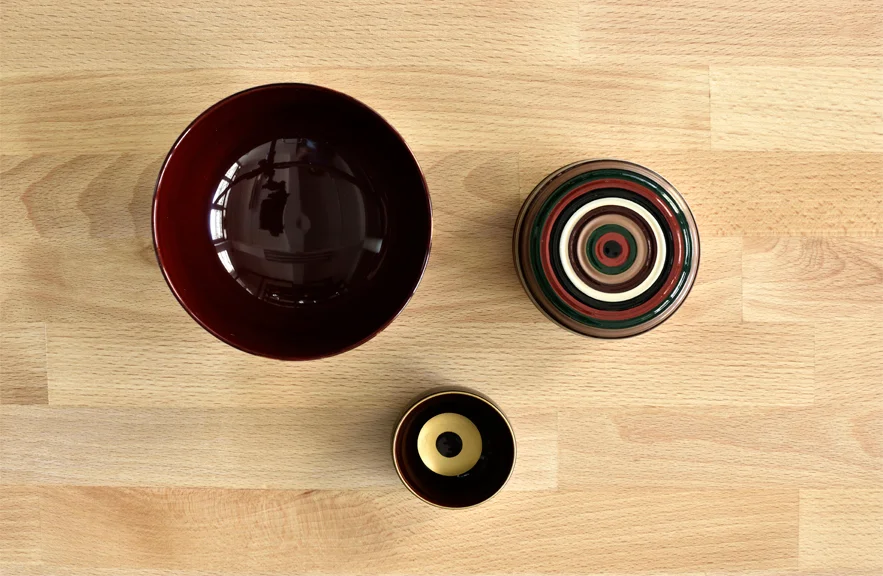
A couple of days later I passed through Kiso-hirazawa famous for lacquerware. This is where you find natural wooden bowls lacquered with colourless lacquer that allows the wood grain to show. I spent a peaceful hour browsing among the beautiful shops. There is nothing like the depth and reflectiveness of pure urushi lacquerware. I particularly love the dark almost aubergine colour of the tiny, delicate sake bowl, with its perfect circle of gold inside.
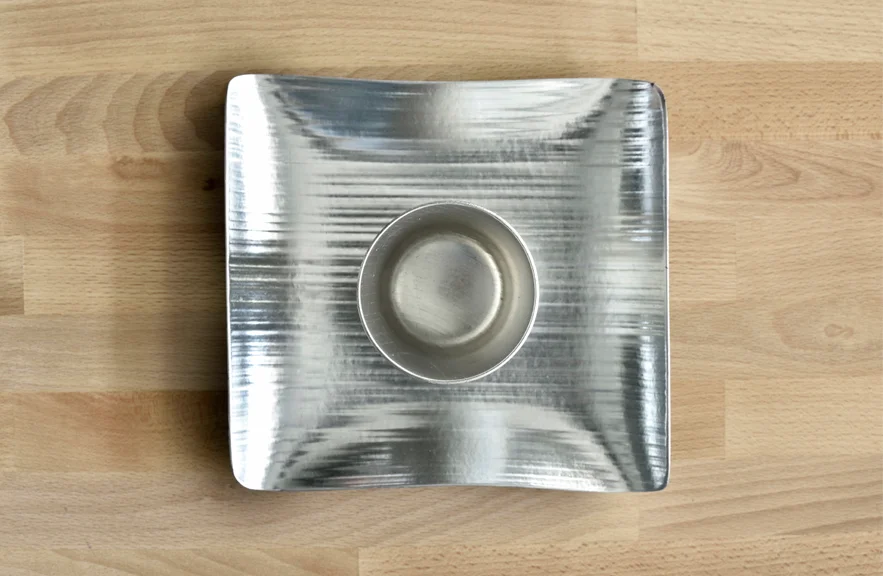
The silver bamboo serving dish is made by Zohiko Lacquerware in Kyoto – this one was purchased from the Tokyo shop in Nihonbashi. The delicately thin and light dish has a wonderful sloping grace and the platinum leaf never tarnishes. The cup is made from wood and has a lovely woven texture on the outside with visible wood grain in the interior. The bamboo pen holder (shown on the post cover image, far right) has a delightfully simple design made from woven bamboo.
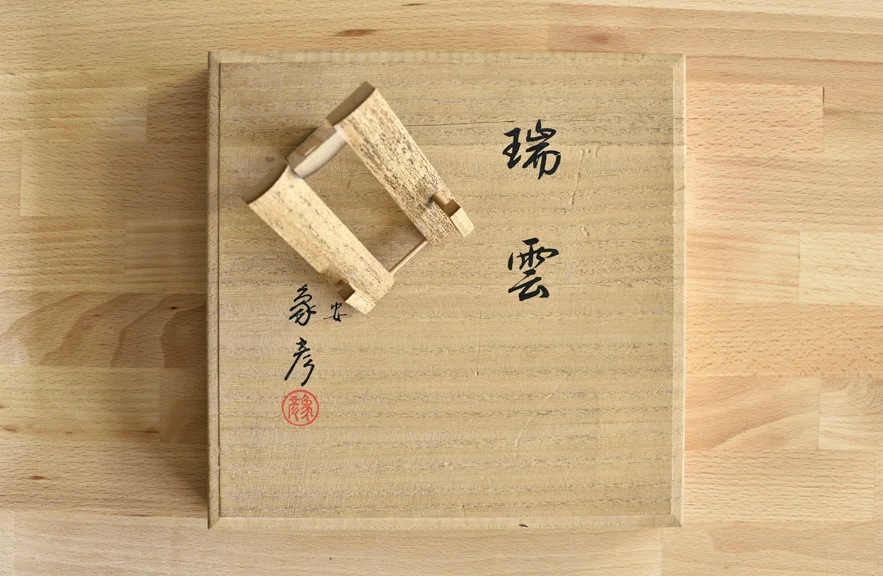
I found more bamboo products at the Craft and Folkart area of Isetan Department Store in Shinjuku, Tokyo. The mottled bamboo frame is a plate holder. It is handcrafted in natural bamboo and has a lovely folk art feel.
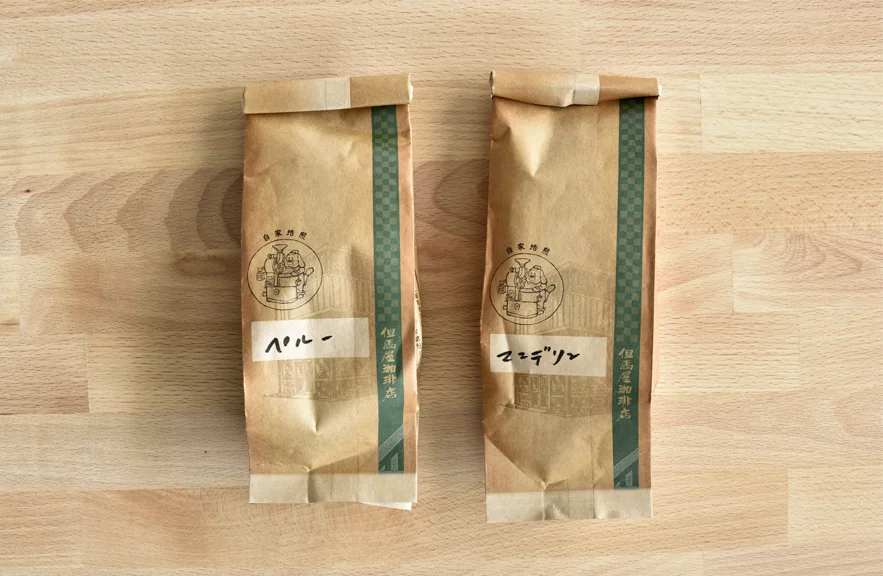
This tiny coffee shop is tucked away down a side street behind Shinjuku station just next to the passageway that takes you to the East side of the tracks. Inside business men sit around a wooden counter behind which the owner carefully hand filters individual cups of home-roasted coffee. You choose your coffee by country and it is served in one of a collection of delicate porcelain coffee cups. You cannot use your phone in here or take photos. So you must just sit in contemplation – and appreciate the deep fruity taste of the coffee. I brought home beans from Peru and Sumatra.
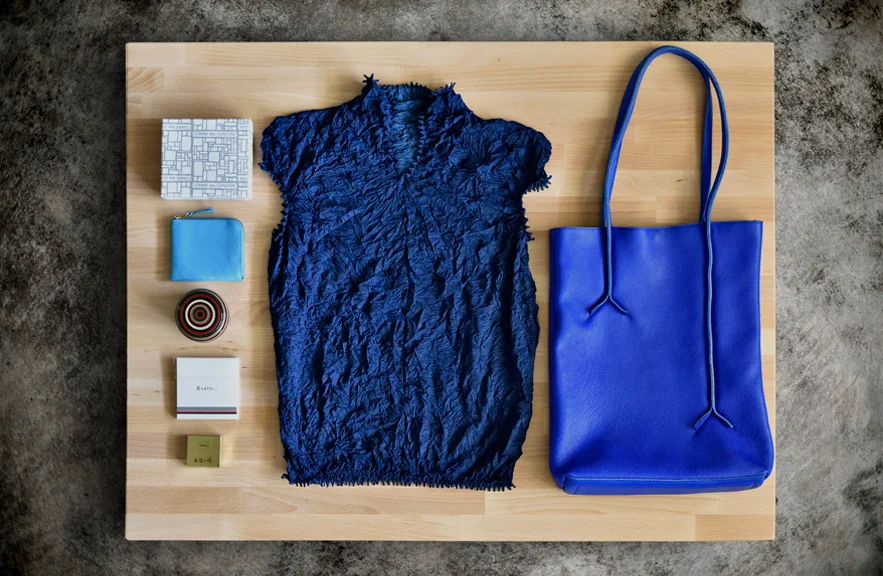
This pretty Spanish-made cow leather purse is from the flagship store of Comme des Garcons in Aoyama, Shibuya in Tokyo. This beautifully curated space combines installation art with the fashion label’s latest collections. I loved the display units made from wooden pallets stacked up to form an elliptical “walk-in wardrobe” in the centre of the store. The box that my purse came in was as chic as the purse itself featuring a Klimt inspired design.
Shibori T-Shirt from Haat by Issey Miyake (centre row above)
Aoyama in Shibuya is the location for many notable Tokyo flagship stores. Here you will see Prada’s famous “bubble” building and the chic, minimalist exterior of Stella McCartney’s Tokyo store. Issey Miyake also has his flagship here and next door the smaller sub-brand Haat. Here I found this beautiful crushed indigo fabric T-shirt. The hems are finished by hand using the traditional Shibori knotting technique usually used in Japanese tie-dye.
Leather Bag from Plain People (far right)
One thing that stores in Tokyo do exceptionally well is provide a beautifully edited collection of the best products from all over the world. The concept and branding of these stores is also exceptional. Plain People immediately appealed to me with its simple wooden flooring, its window display of stationary products and its collections of simple but very stylish clothing in plain colours – mostly from Japan – its interesting and funky jewellery from London and leather goods from a company in Holland called frrry. Each bag from frrry a vcontains a label sewn inside with a unique number. You can find your bag on the company’s website and post comments, photos and feedback. It was the shape of the bag that struck me first – as well as the vivid colour – and the way the handles are placed to form part of the design.
Sato Absorbing Facial Paper (far left row, white square)
This product is big in Japan but not in many other countries. You carry the tiny sheets of paper in your purse and use them to pat down your skin and absorb that annoying shine that develops towards the end of the day. The Facial Paper was developed from the paper used between layers of gold to create gold leaf. It is very important that gold leaf remains completely dry and for this reason this absorbing paper was developed. From craft accessory to fashion accessory! The gold leaf is the small item bottom left above. The papers are made by Yojiya Aburatorigami traditionally from Kyoto.
